Day of the Fight (1951) Online
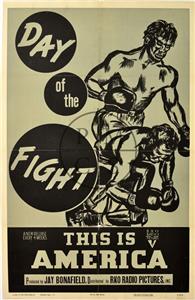
- Original Title :
- Day of the Fight
- Genre :
- Movie / Documentary / Short / Sport
- Year :
- 1951
- Directror :
- Stanley Kubrick
- Cast :
- Douglas Edwards,Nat Fleischer,Walter Cartier
- Writer :
- Robert Rein
- Budget :
- $3,900
- Type :
- Movie
- Time :
- 16min
- Rating :
- 6.4/10
The appeal of boxing to a fan is explained before the question is asked: what is the appeal of boxing as a career? Some of the many negatives of it as a career are the inherent violence, that it only has a limited shelf life as it is a job for the young, the fact that only one percent of the six thousand professional boxers in the United States makes a good living at it, and that making a good living is predicated on an improving record which means always needing to win. It is perhaps that last point which draws many to it as a career: that want to be the best in a competitive environment. A day on the job of one such boxer is presented, twenty-four year old middleweight Walter Cartier. This day on the job will end with a bout, which will either improve his earning potential through a win, or lessen it with a loss. Some of what Walter has to go through this day are legal in ensuring he meets all the state requirements to go into the bout. But most of the day is spent on mental and ...
| Complete credited cast: | |||
| Douglas Edwards | - | Himself - Narrator (voice) | |
| Nat Fleischer | - | Himself - Boxing Historian | |
| Walter Cartier | - | Himself - Boxer | |
| Vincent Cartier | - | Himself - Walter's Twin Brother and Manager | |
| Bobby James | - | Himself - Boxer | |
| Dan Stampler | - | Himself - Owner of The Steak Joint |
It cost Stanley Kubrick $3,900 to make and he sold it (to RKO) for $4,000.
The final sequence (the Walter Cartier vs. Bobby James bout) was filmed live on April 17, 1950 by Stanley Kubrick and Alexander Singer.
If you look closely, at times you can see Kubrick operating a film camera.
The film premiered as part of RKO-Pathé's "This Is America" series and opened at the Paramount Theater in New York on April 26, 1951 as a short subject in a program featuring My Forbidden Past (1951). Headlining in a live stage show was Frank Sinatra, which also featured an appearance by blond bombshell Dagmar.
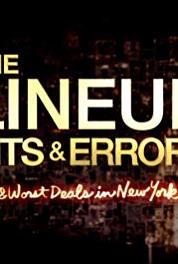
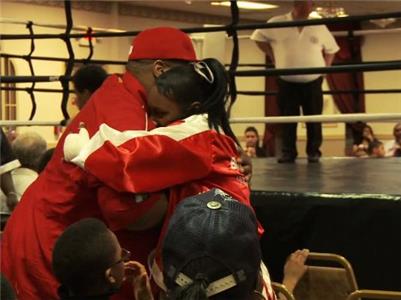
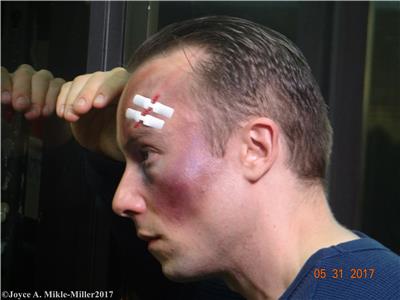
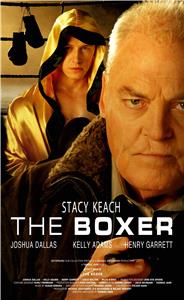
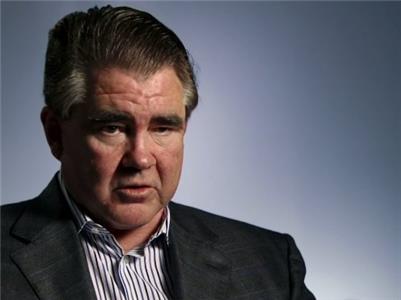


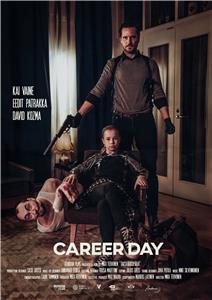


User reviews